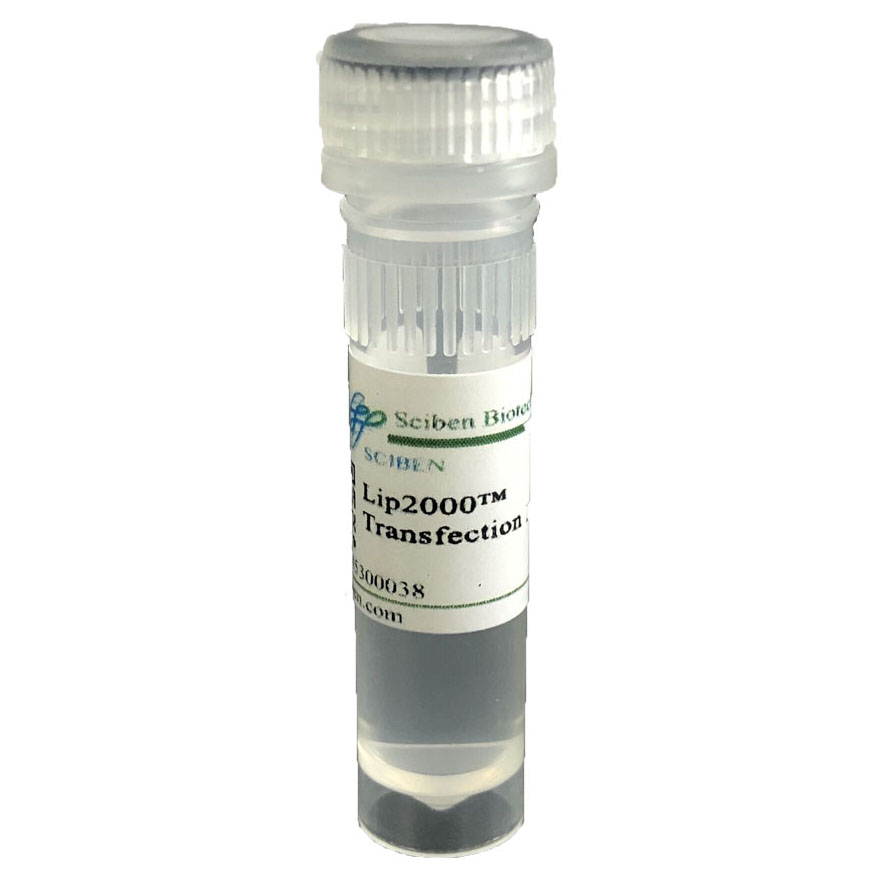Product Qualification
Lip2000™ has been extensively tested by transfection of HEK293 cells with an EGFP reporter containing plasmid. Lip2000™ is free of microbial contamination.
Important Guidelines
Follow these guidelines when performing transfections:
1. The ratio of DNA (in µg) : Lip2000™ (in µl) to use when preparing complexes should be
1:2 to 1:3 for most cell lines. To transfect 0.5 -2 X105 cells in a 24-well format, use 0.8-1 µg DNA
and 2-3 µl of Lip2000™. Optimizing transfection by varying DNA/Lip2000™ ratio is possible.
2. It is CRITICAL to transfect cells at high cell density. 90-95% confluence the time of transfection is recommended to obtain high efficiency and expression levels and to minimize decreased cell growth associated with high transfection activity. Lower cell densities are suitable with optimization of conditions. Take care to maintain a standard seeding protocol between experiments because transfection efficiency is dependent on culture confluence.
3. DO NOT add antibiotics to media during transfection as this will cause cell death.
 产品订购:sales@sciben.com
产品订购:sales@sciben.com
 support@sciben.com 邮箱登录
support@sciben.com 邮箱登录





